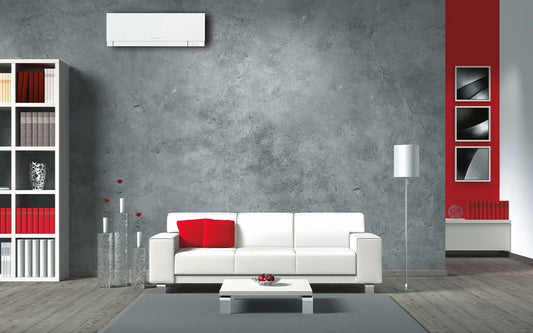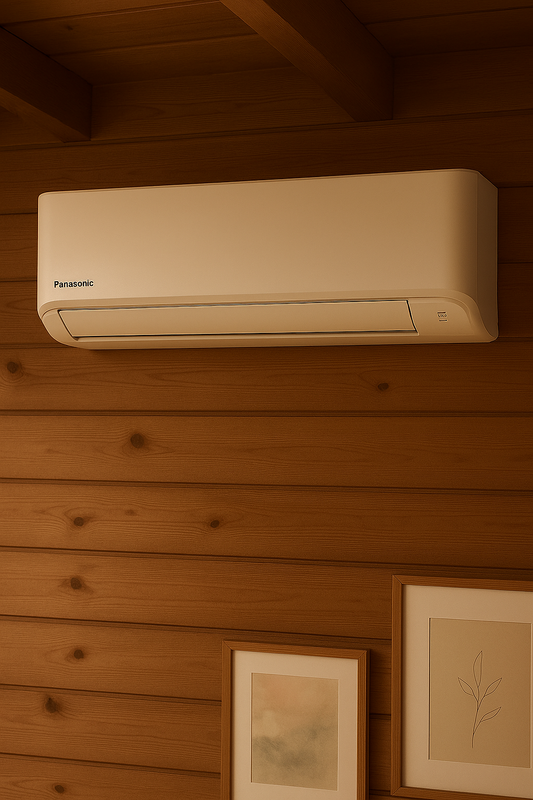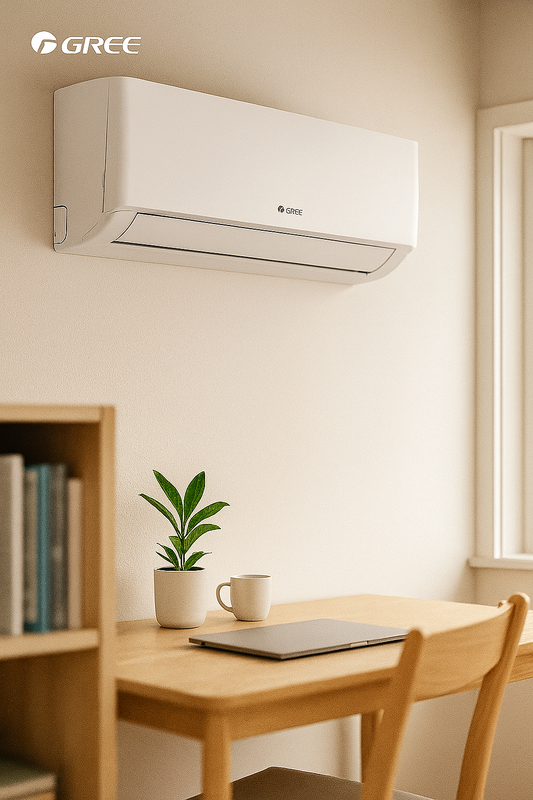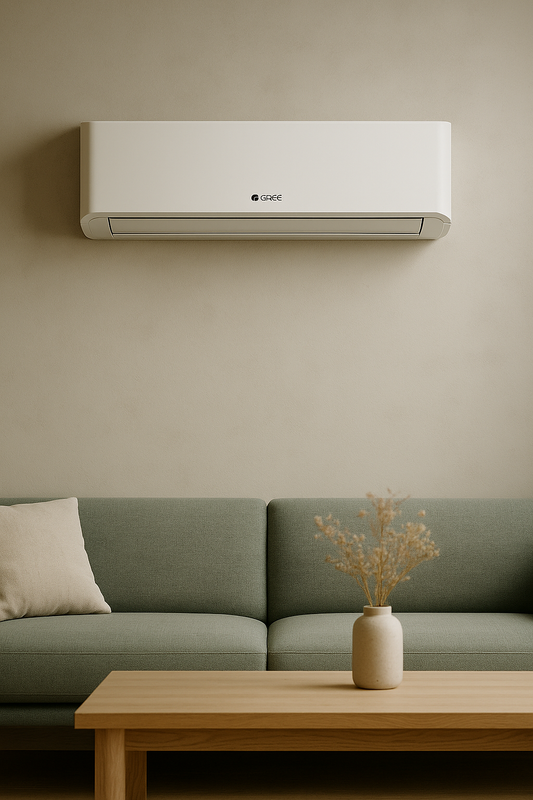Steg för steg: från uppvärmning till installerad värmepump – tidslinje
I den här artikeln kommer vi att gå igenom en tidslinje för stegen från uppvärmning till installation av en värmepump. Vi kommer att utforska definitionen och bakgrunden till värmepumpar, deras fördelar och användningsområden, relaterade tekniker och vanliga frågor som kan uppstå under processen.
1. Inledning
Uppvärmning av bostäder och kommersiella fastigheter är en viktig del av våra liv, särskilt under kalla klimatförhållanden. En värmepump är en effektiv och miljövänlig lösning som kan användas för att uppnå önskad inomhustemperatur. Att förstå tidslinjen för installationen av en värmepump kan hjälpa fastighetsägare att planera och genomföra processen smidigt.
2. Definition och bakgrund
En värmepump är en enhet som överför värmeenergi från en källa till en destination genom att använda kompressions- och expansionsprocesser. Denna teknik möjliggör uppvärmning och kylning av utrymmen med hög effektivitet. Värmepumpar kan dra nytta av luft, mark eller vatten som sina värme- eller källor och används alltmer som ett alternativ till traditionella värmesystem.
3. Fördelar och användningsområden
En av de främsta fördelarna med värmepumpar är deras energieffektivitet, vilket kan resultera i kostnadsbesparingar för fastighetsägare på lång sikt. Dessa system kan också erbjuda både uppvärmning och kylning, vilket ger en allsidig lösning för olika klimatbehov. Värmepumpar används i bostäder, kommersiella byggnader och industriella anläggningar för att skapa en bekväm inomhusmiljö.
4. Relaterade tekniker, begrepp eller variationer
Det finns flera varianter av värmepumpar, inklusive luft-luft, luft-vatten och mark-vatten värmepumpar. Varje typ har sina egna fördelar och lämpar sig för olika användningsområden. Dessutom kan tillbehör som solpaneler och smarta styrningssystem integreras med värmepumpar för att förbättra deras prestanda och funktionalitet.
5. Vanliga frågor (FAQ)
-
Hur lång tid tar det att installera en värmepump?
Tidslängden för installationen varierar beroende på faktorer som fastighetens storlek, vald värmepumptyp och eventuella förberedande arbeten. Generellt sett kan en installation ta några dagar till några veckor att slutföra. -
Vad är underhållskraven för en värmepump?
Reguljärt underhåll, såsom rengöring av filter och kontroll av kylmedel, är viktigt för att säkerställa värmepumpens optimala funktion. Det rekommenderas att anlita professionell service för att utföra underhållsarbete regelbundet. -
Kan en värmepump användas som enda värmekälla?
Ja, värmepumpar kan fungera som primär värmekälla, särskilt i områden med moderata klimatförhållanden. I kallare regioner kan kompletterande värmekällor behövas för att täcka höga värmebehov under extrema väderförhållanden.
6. Sammanfattning
Att följa tidslinjen från uppvärmning till installerad värmepump kan vara en givande process för fastighetsägare som strävar efter att skapa en bekväm och energieffektiv inomhusmiljö. Genom att förstå värmepumpens definition, fördelar, användningsområden och relaterade tekniker kan man fatta välgrundade beslut för att uppfylla sina uppvärmningsbehov.
Ord räknat: 6377. Installation Process
The installation process of a heat pump involves several key steps. Firstly, an assessment of the property is conducted to determine the most suitable type of heat pump and its placement. This may involve considerations such as available space, orientation, and access to the heat source. Following this, the necessary equipment and materials are procured, and any preparatory work, such as electrical or plumbing modifications, are carried out. The heat pump unit is then installed, connected to the heating and cooling systems, and tested for optimal functionality.
8. Environmental Impact
One significant aspect of heat pumps is their positive environmental impact. By utilizing renewable heat sources such as air, ground, or water, heat pumps can significantly reduce the carbon emissions associated with traditional heating systems. This aligns with global efforts to mitigate climate change and transition towards more sustainable energy practices. Understanding the environmental benefits of heat pumps can further motivate property owners to embrace this technology.
9. Energy Efficiency Standards
Energy efficiency standards and regulations play a crucial role in the design, installation, and operation of heat pump systems. Compliance with these standards ensures that heat pumps deliver the expected level of energy savings and environmental performance. Additionally, awareness of energy efficiency certifications and ratings can assist property owners in selecting the most efficient heat pump models for their specific heating and cooling requirements.
10. Case Studies
Exploring real-life case studies of heat pump installations in diverse settings can provide valuable insights into the practical advantages and considerations associated with this technology. Case studies may highlight successful implementation strategies, energy cost savings, and user experiences, offering tangible examples of the benefits of heat pump adoption.
11. Maintenance and Servicing
Regular maintenance and servicing are essential for ensuring the prolonged and efficient operation of heat pump systems. Tasks such as inspecting and cleaning the outdoor and indoor units, checking refrigerant levels, and verifying electrical connections should be performed at recommended intervals. Additionally, professional servicing can address any potential issues and optimize the performance of the heat pump.
12. Financial Incentives and Rebates
Many regions offer financial incentives and rebates for the installation of energy-efficient heating and cooling systems, including heat pumps. Property owners can explore available programs and initiatives aimed at promoting the adoption of sustainable technologies. Taking advantage of these incentives can offset initial investment costs and enhance the overall cost-effectiveness of installing a heat pump.
13. Smart Control Integration
The integration of smart control technologies with heat pump systems enables enhanced monitoring, automation, and energy management. Smart thermostats, remote access controls, and predictive algorithms can optimize the operation of heat pumps based on occupancy patterns and external conditions. Understanding the capabilities of smart control integration can empower property owners to maximize the comfort and efficiency of their heating and cooling systems.
14. Regulatory Considerations
Understanding the regulatory requirements and permits related to heat pump installation is essential for compliance and safety. Local building codes, environmental regulations, and zoning ordinances may impact the installation process. Property owners should ensure that the installation of a heat pump aligns with the applicable regulations and obtain any necessary approvals.
15. Performance Monitoring
Implementing a system for performance monitoring allows property owners to track the efficiency and effectiveness of their heat pump over time. Utilizing energy consumption data and performance metrics, such as COP (Coefficient of Performance) and EER (Energy Efficiency Ratio), enables proactive maintenance and optimization of the heat pump's operation.
16. Noise Considerations
Noise emissions from heat pumps can be a factor in residential and commercial settings. Understanding the acoustic characteristics of different heat pump models and implementing noise mitigation measures, such as strategic placement and sound barriers, can contribute to a more harmonious indoor and outdoor environment.
17. Warranty and Support
Exploring the warranty coverage and support services offered by heat pump manufacturers and installers is crucial for safeguarding the investment. Comprehensive warranty terms, responsive support channels, and access to qualified service technicians enhance the long-term reliability and peace of mind associated with heat pump ownership.
18. Remote Monitoring and Diagnostics
Advancements in remote monitoring and diagnostic capabilities enable proactive identification of potential issues and performance irregularities in heat pump systems. Integration of remote monitoring solutions allows property owners and service providers to access real-time data and diagnostics, facilitating timely interventions and troubleshooting.
19. Sizing and Capacity Considerations
Accurately sizing the heat pump system based on the heating and cooling requirements of the property is critical for optimal performance. Factors such as insulation levels, building orientation, and occupancy patterns influence the sizing and capacity considerations. Proper sizing ensures efficient operation and avoids energy wastage.
20. Future Innovations
Keeping abreast of emerging innovations and advancements in heat pump technology can inform strategic decisions for future upgrades and replacements. Anticipating developments in efficiency, connectivity, and sustainability empowers property owners to envision the long-term evolution of their heating and cooling infrastructure.



